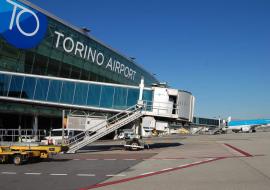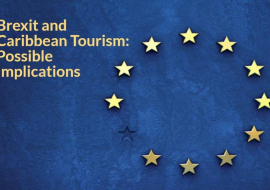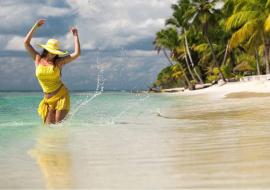Much of Darwin’s Paradise Remains in Harm’s Way
Galapagos is under threat. But human intervention aims to save its exotic species.
In 1995, Godfrey Merlen, director of the environment group WorldAid, visited Isabela, an island in the Galapagos. What he saw horrified him.
Hundreds of goats were chewing their way across its grasslands and were denuding the once-lush terrain, transforming it into patchy grassland. ‘It was total chaos,’ said Merlen in the journal Science.
Merlen’s discovery sent shock waves through the environmental movement. For years, it had struggled to save these magical equatorial islands, home to some of the world’s most exotic animals, from destruction caused by feral animals such as goats, pigs, cats and rats.
Now it seemed the place where Charles Darwin made his key discoveries in his path to outlining the idea of natural selection was about to be destroyed.
One of the planet’s most precious wild places was fighting for its life: its giant tortoises, its marine iguanas, the world’s only sea-going reptiles, and its colonies of blue-footed boobies, flightless cormorants and albatrosses, all under threat of extinction.
In addition, other scientists warn of the danger of mosquitoes and birds bringing in the West Nile virus and avian flu. An epidemic of either would have horrific effect on Galapagos wildlife.
And then there is the problem of tourism. “Every time a plane or a boat arrives at an island there is a risk of it bringing in a new invasive species,” one official said. “This month two green iguanas and an unidentified snake arrived in cargo ships.”













